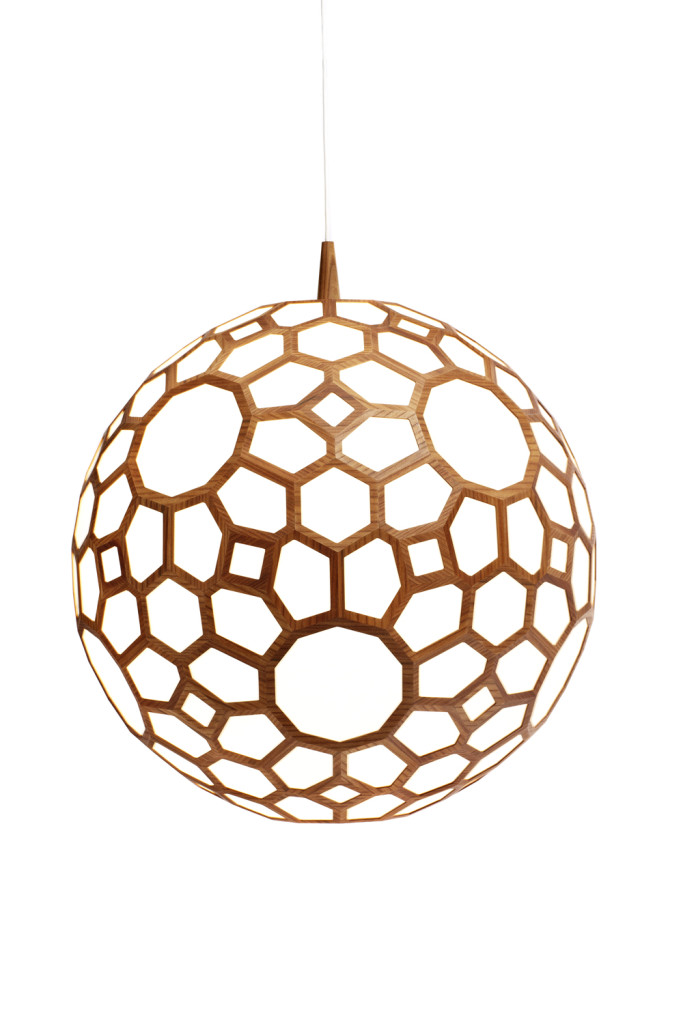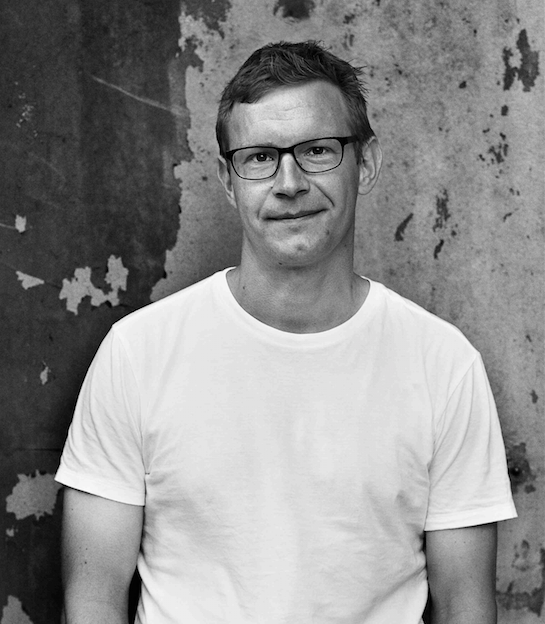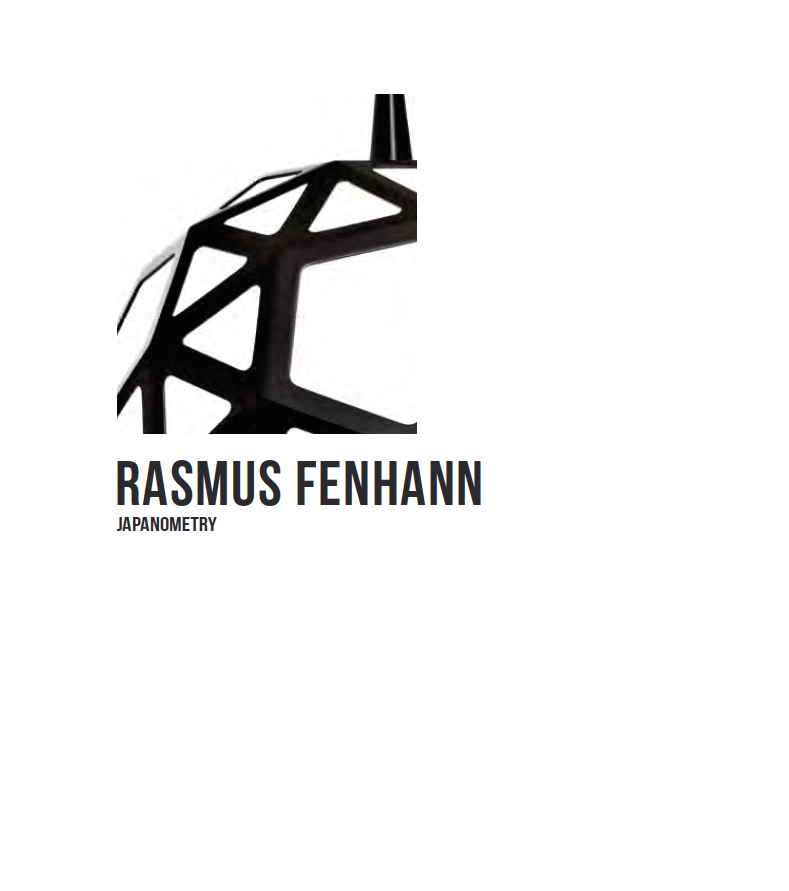
The Hikari 光 lamps (Hikari meaning light in Japanese) bear witness to Fenhann’s apprenticeships with renowned Japanese master cabinetmakers from 2001 to 2003.
Entirely handmade with Japanese tools, these delicate lamps were created from bended laminated wood and Japanese Koso paper. By their extraordinary thinness, great craftsmanship and geometric explorations, Fenhann proposes a new interpretation of the Japanese wood lamp tradition.
Grande CONTRAHEDRON is made out of more than 150 thin pieces of wood, carefully joined together with mitered joints. All joints are hand planed with Japanese tools. The holes are covered with Japanese Shoji paper. The pendant was commissioned by Designmuseum Denmark for their permanent collection and for the exhibition “Learning from Japan”.
Grande CONTRAHEDRON is edited by Galerie Maria Wettergren in a limited edition of eight pieces and two prototypes.

Hikari – Contrahedron
2015
70 x 70 x 70 cm
Elm, Shoji paper
Handmade by the artist
Limited editions of 8

Hikari – Contrahedron
2015
70 x 70 x 70 cm
Elm, Shoji paper
Handmade by the artist
Limited editions of 8

Hikari – Contrahedron
2015
70 x 70 x 70 cm
Elm, Shoji paper
Handmade by the artist
Limited editions of 8

Hikari – Contrahedron
2015
70 x 70 x 70 cm
Elm, Shoji paper
Handmade by the artist
Limited editions of 8

Hikari – Contrahedron
2015
70 x 70 x 70 cm
Elm, Shoji paper
Handmade by the artist
Limited editions of 8

Hikari – Contrahedron
2015
70 x 70 x 70 cm
Elm, Shoji paper
Handmade by the artist
Limited editions of 8

Hikari – Contrahedron
2015
70 x 70 x 70 cm
Elm, Shoji paper
Handmade by the artist
Limited editions of 8

Hikari – Contrahedron
2015
70 x 70 x 70 cm
Elm, Shoji paper
Handmade by the artist
Limited editions of 8


Creating designs with an equal focus on sculptural and functional qualities, Rasmus Fenhann’s works are made in carefully selected natural materials, especially wood. He is considered as one of the most important Scandinavian designers today in the field of handmade art design. His working processes combines traditional, sometimes near-forgotten craft techniques with advanced high-tech procedures, including computer-based sketching and visualization. His painstakingly precise treatment of wood sur faces, ending up in a velvet-like, soft finish and with invisible joints, is the result of an extraordinary effort, which is both mental and physical. It is exquisite craftsmanship, close to the obsessive. In the words of the artist, “It has to do with being able to zoom in, infinitely… There mustn’t be any flaws, not even the tiniest, in the delicate woodwork. Time is key, and infinite repetition is expected until a level of breathtaking per fection is reached.”
Rasmus Fenhann has a double education from the Danish Royal Academy of Ar t and Design, Furniture Depar tment 1997-2003, and as a Cabinetmaker 1991-1996. He has frequently exhibited in Japan, Europe and in the United States, and his works are part of impor tant private and public collections including the permanent collection of the Designmuseum Danmark, Copenhagen, Denmark. Rasmus Fenhann has received several Prizes and awards such as the Danish Arts and Crafts Silver Medal, 2004; the Finn Juhl Prize, 2016 and most recently, the Inga & Ejvind Kold Christensen Prize in 2022.



